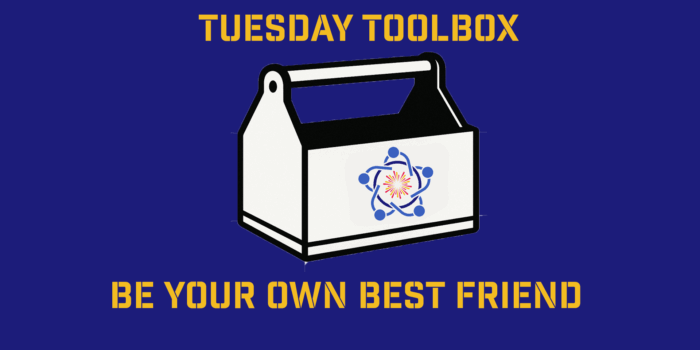My Wednesday Wish for You: To Be Your Own Best Friend We often push ourselves harder than anyone else ever…
Use these 4 Rs as a lens for high stakes decisions.
Decisiveness is often cited as a desirable trait in leaders. Definitions of decisive include “having the power to decide; conclusive” and “characterized by decision and firmness; resolute.” Yes, a leader must make decisions, but effectiveness depends on when and how the decision is made, not just that it was made.
I have observed and interviewed leaders in the response to crises such as the H1N1 pandemic, the Deepwater Horizon oil spill, Superstorm Sandy, and the Boston Marathon bombings. Such high-stakes, high-pressure situations bring into stark relief the reality that decisions must often be made with incomplete, sometimes conflicting information. A leader has to evaluate whether he or she has enough information to move forward. Decide too soon and resources may be committed in the wrong direction. Wait too long and the consequences could be disastrous.
One of the challenges is that, in routine times, the threshold for certainty is typically high. Think about how companies will engage in focus groups, market tests, and competitive intelligence forays before bringing a new product to market. Risk avoidance tends to rule; it is OK to take a little longer if the delay increases the certainty of a hit.
But in a crisis, that delay could have severe costs: a drop in share price, reputation damage, and even the loss of life. If consumers get sick after consuming one of your products, for instance, what action would you take—if any—without knowing the cause or full extent of the problem? After all, it might be a coincidence or something unrelated to your product. Johnson & Johnson CEO James Burke became the exemplar for corporate crisis leadership when he ordered a nationwide recall of Tylenol in 1982 after several deaths were reported around Chicago. A more cautious leader might have recalled only products in the affected geographic area. Burke made his decision because the company’s credo put user safety above other priorities. With this sound, value-based framework in mind, Burke was able to decide what to do quickly.
In a crisis, a delay could have costs: a drop in share price, reputation damage, and loss of life.
So how do you know how much you know and whether to wait for more? Unfortunately, there is no handy chart to tell you exactly when to act. You can, however, assess how much certainty you require in routine situations—how risk averse you and your organization are—and use that as a benchmark. If the routine standard is 75 to 80 percent, understand that in a crisis you’ll have to act with 50 to 60 percent certainty at most. Former secretary of state Colin Powell said that once you have 40 to 70 percent of the information you need to ascertain your probability of success, you can make a gut decision.
When you’ve reached the threshold, it’s time to apply the “4R Test,” something I’ve developed after watching leaders in action and studying literature on decision making:
• Regret: What will you regret if you fail to act and are wrong? The more serious the potential regret, the sooner you should make your decision.
• Repeal: How difficult will it be to reverse course? The easier a decision is to repeal, the sooner you can make it.
• Repercussions: Who and what else will be affected by your decision? The broader the impact, the more carefully you should consider the decision. Be sure to account for less obvious stakeholders in order to minimize unintended consequences.
• Resilience: What will be the impact of the decision on your personal resilience and that of your organization or other affected parties, such as customers or suppliers? Always give more weight to the option that is likely to build resilience.
Decision making in a high-stakes, high-pressure situation is never easy. It can make or break your career as a leader. Here are some tips to ensure that you’ll be ready when the time comes:
• Get clear on personal and organizational values. When ideals are shared and mutually understood, it can help you focus on the most critical issues and make decisions. Integrate values into more routine decisions so that your team can internalize them before a crisis hits. It is common to look at the revenue implications of options A, B, and C. But how about also regularly considering the impact of each choice on the perception of your company’s trustworthiness, or some other core value?
• Cultivate telling truth to power (and hearing it, too). As a leader, you need straight talk from your team all the time. In a high-stakes situation, that team may include specialists who are not normally part of your inner circle. Make it clear that you want unvarnished input from everyone involved—and praise those who give it to you. CEO Alan Mulally practiced this approach when turning around Ford: The first person to give him the complete truth was later chosen to succeed Mulally when he stepped down.
• Eat! Hydrate! Rest! Research on decision fatigue shows that it is harder to make choices when your glucose level is low. Hours in a crisis war room can deplete your ability and desire to evaluate options and make the best call. Sleep has been shown to be essential for emptying your brain of all the flotsam and jetsam that builds up as a result of the thinking you do while awake and that can impair your cognitive function. Make sure that you and your team refuel and recharge regularly.



